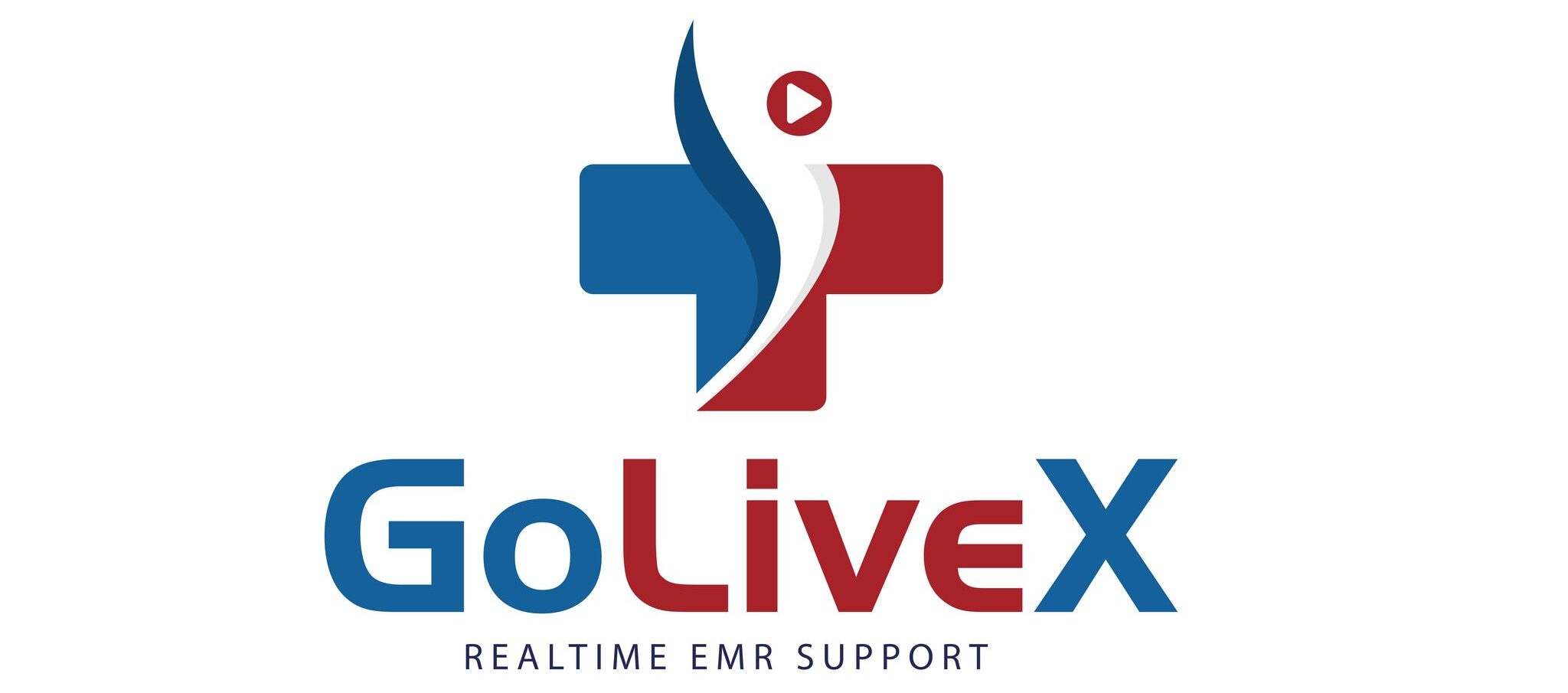In places where the roads are quiet, digital care is rising like the dawn.

1. When Broadband Becomes Bedside
In counties where dial-up once defined “high speed,” broadband grants are weaving fibre-optic lifelines to tiny clinics. With USDA’s latest $194 million investment, 118 projects now deliver not just internet but access to modern EMRs—turning dusty chart rooms into cloud-lit sanctuaries of health data and hope (usda.gov). Broadband here isn’t about streaming movies; it’s about streaming life-saving lab results, real-time vital signs, and the comfort of telehealth visits when roads are frozen or flooded.
2. Community Roots, National Reach
Thanks to the AHRQ-backed Rural Community Partnerships project, small hospitals—from the Ozarks to the Outer Banks are sharing one digital language. Patient histories once stranded on paper now move seamlessly from hometown clinic to urban referral centre (digital.ahrq.gov). A grandmother’s heart echo, a child’s vaccination record, and a diabetic father’s glucose trends travel together, unbroken, through a network built on collaboration and trust.
3. OCHIN’s Epic Entrance
OCHIN, a nonprofit innovator, has rolled out its Epic-based EHR to rural acute-care sites, giving five hospitals across six states the same platform once reserved for city giants (ochin.org). Clinicians who once juggled paper files now tap one interface for labs, orders, and specialist consults recruiting talent and uniting care across hundreds of miles. In these small communities, EMR isn’t just software; it’s a promise that patients need never repeat their stories.
4. PARADIGM’s Promise in the Bayou
Under the ARPA-H PARADIGM initiative, remote patient monitoring and diagnostic tools are flowing into rural Louisiana and beyond, creating a digital safety net that catches emergencies before they fall (ARPA-H). When storms threaten bayou towns, evacuation plans and up-to-the-minute records pulse through a secure EMR network ensuring mothers in preterm labour and elders on ventilators ride out the tempest with dignity and continuity of care.
5. Telehealth as Lifeline
The Rural Health Information Hub maps show that clinics embracing telehealth and HIT aren’t just adding video calls; they’re reimagining every encounter (ruralhealthinfo.org). In Montana’s mountain fastness or Mississippi’s Delta, a tele-EMR visit can screen for depression, monitor chronic illness, or deliver pediatric advice bridging miles of isolation with the warmth of a trusted voice.
In these quiet corners, EMR modernization is not a flashy headline; it’s a daily act of devotion. From fibre threads to cloud clusters, from nonprofit platforms to federal lifelines, rural hospitals are rewriting their destinies in code. And when data becomes destiny, every patient, no matter how remote, finds their story heard, honoured, and never again left in dusty silence.
